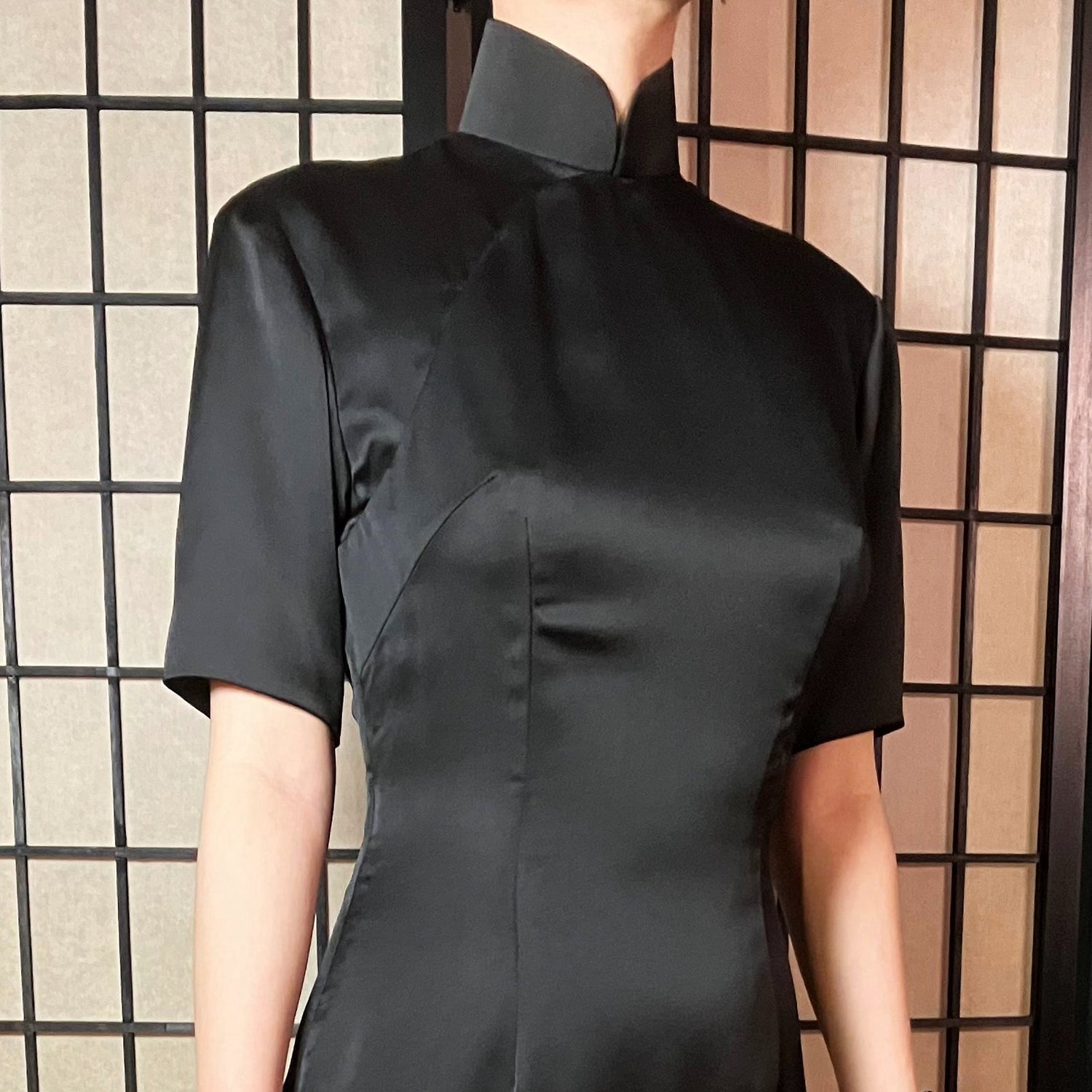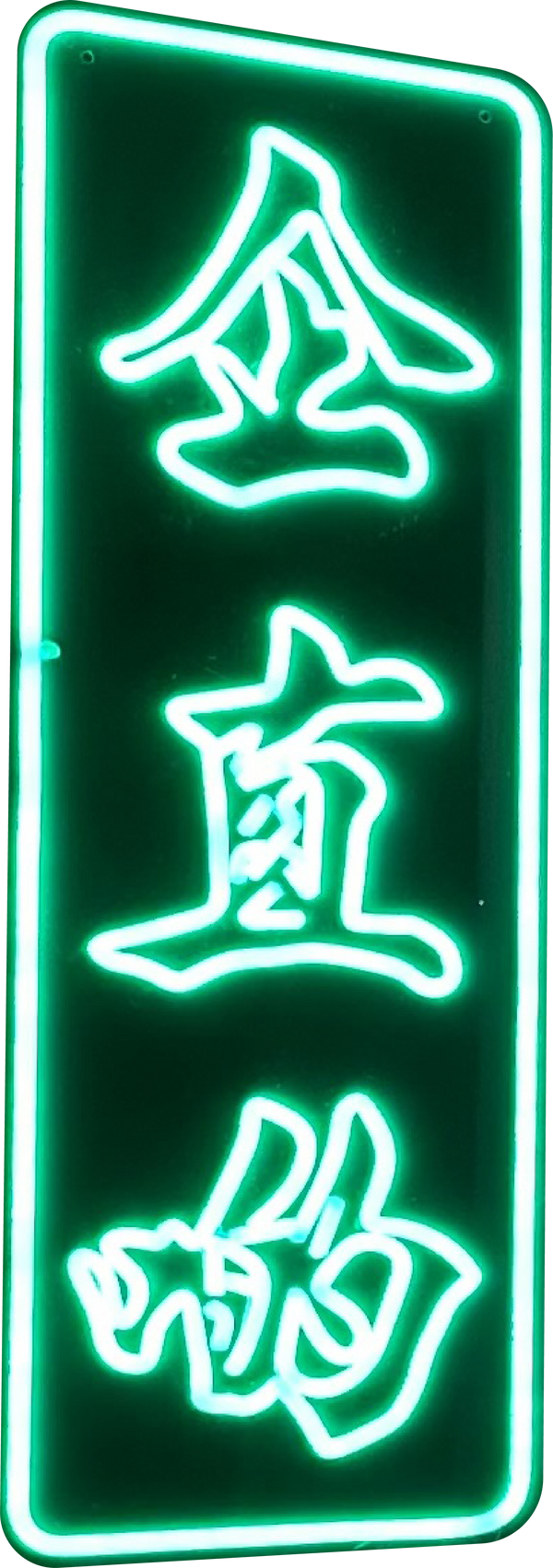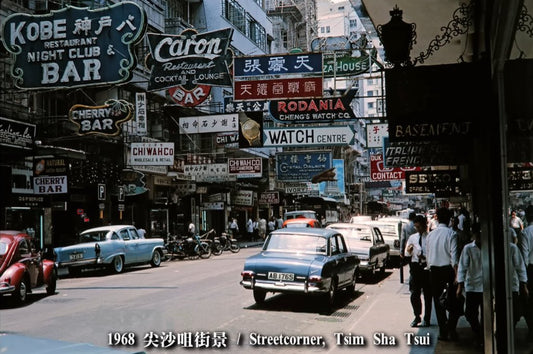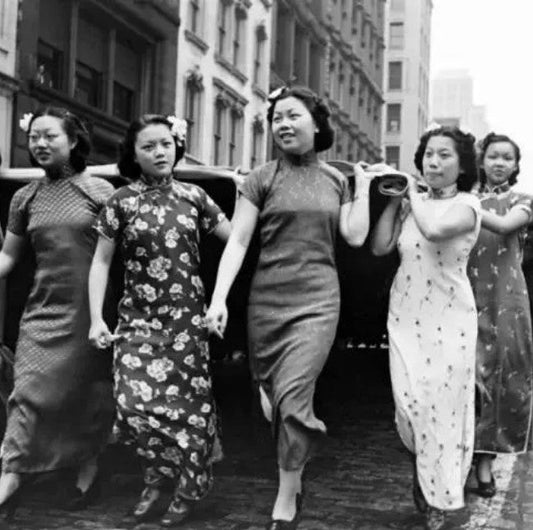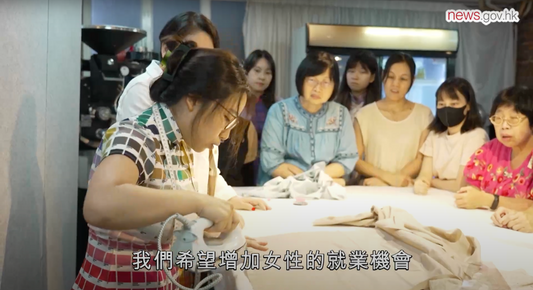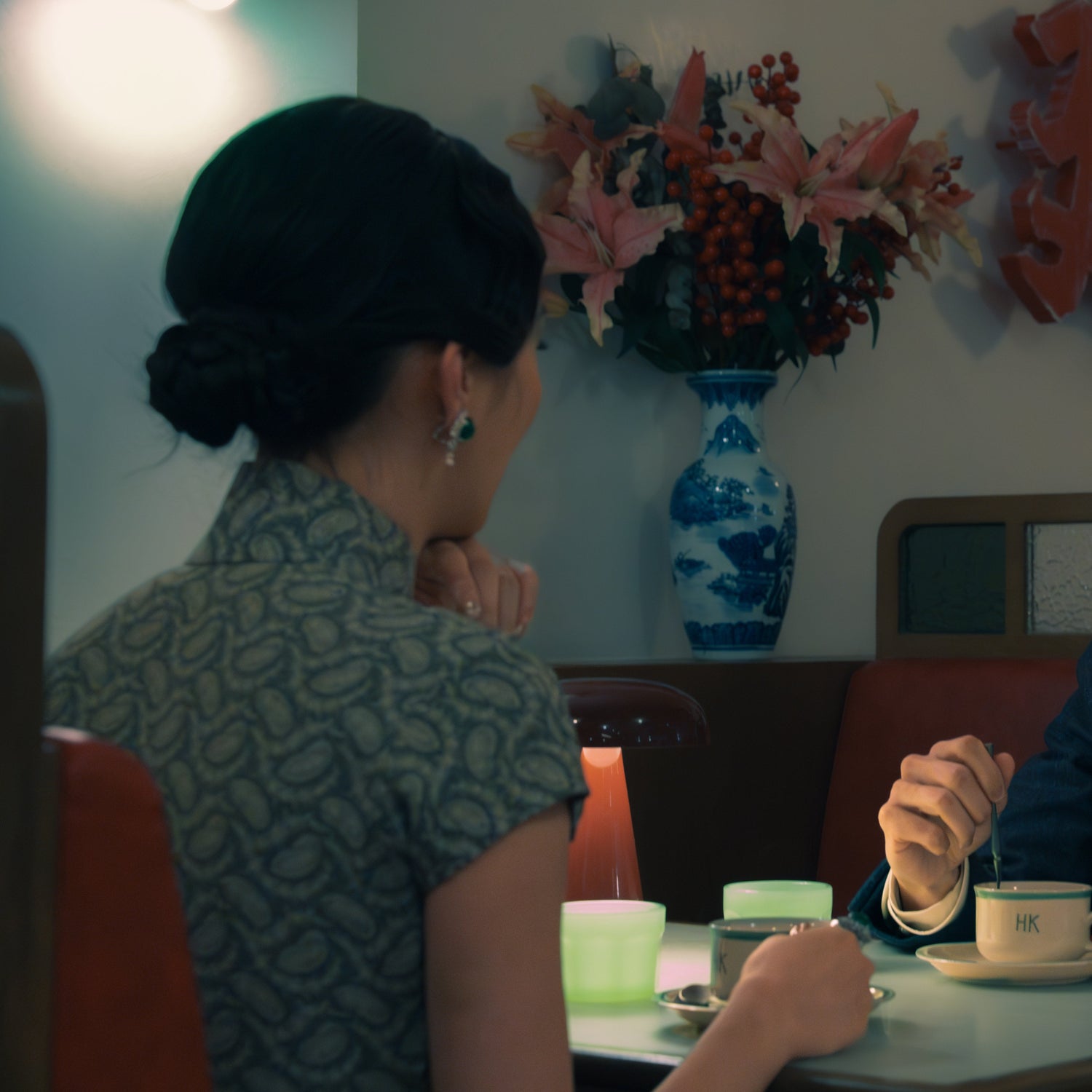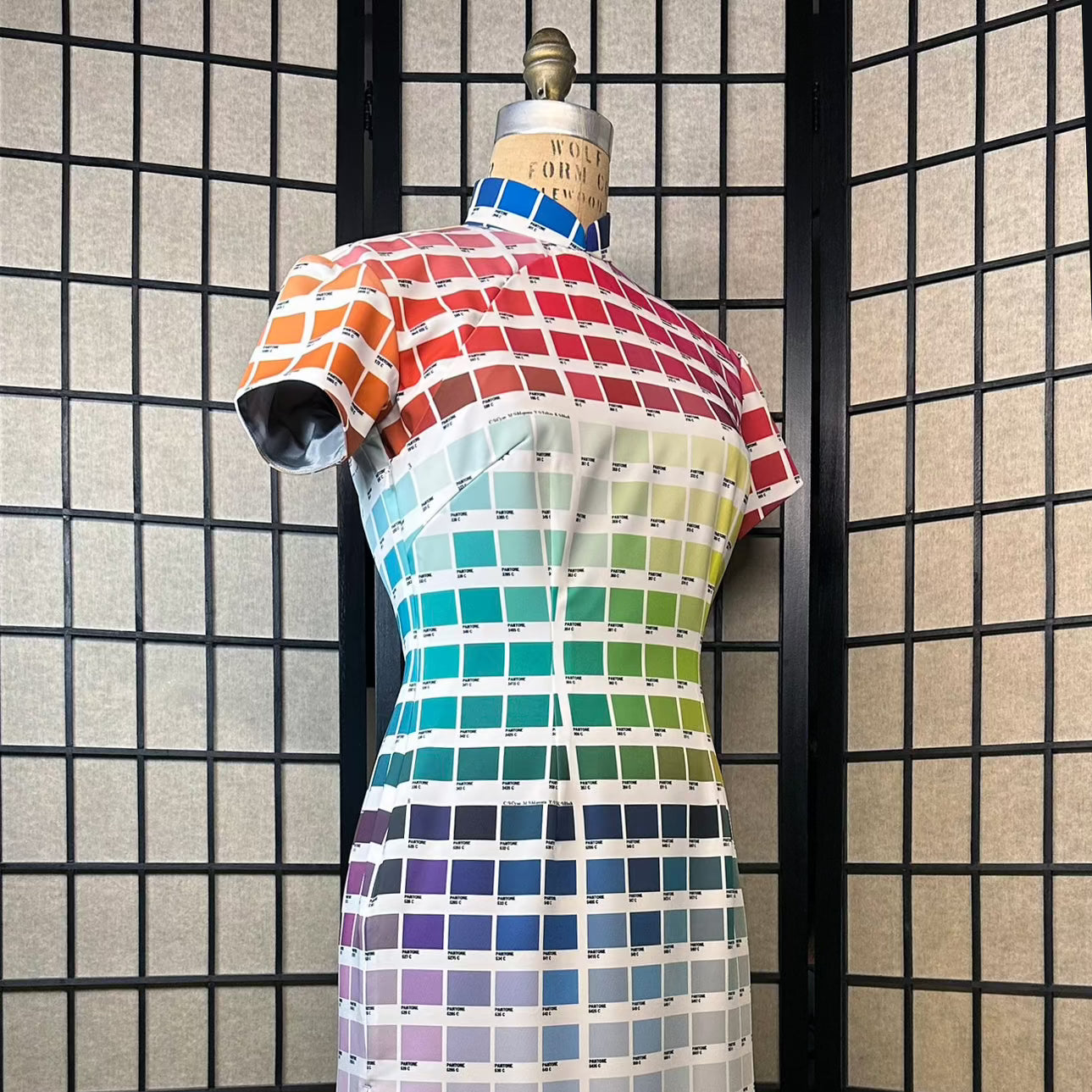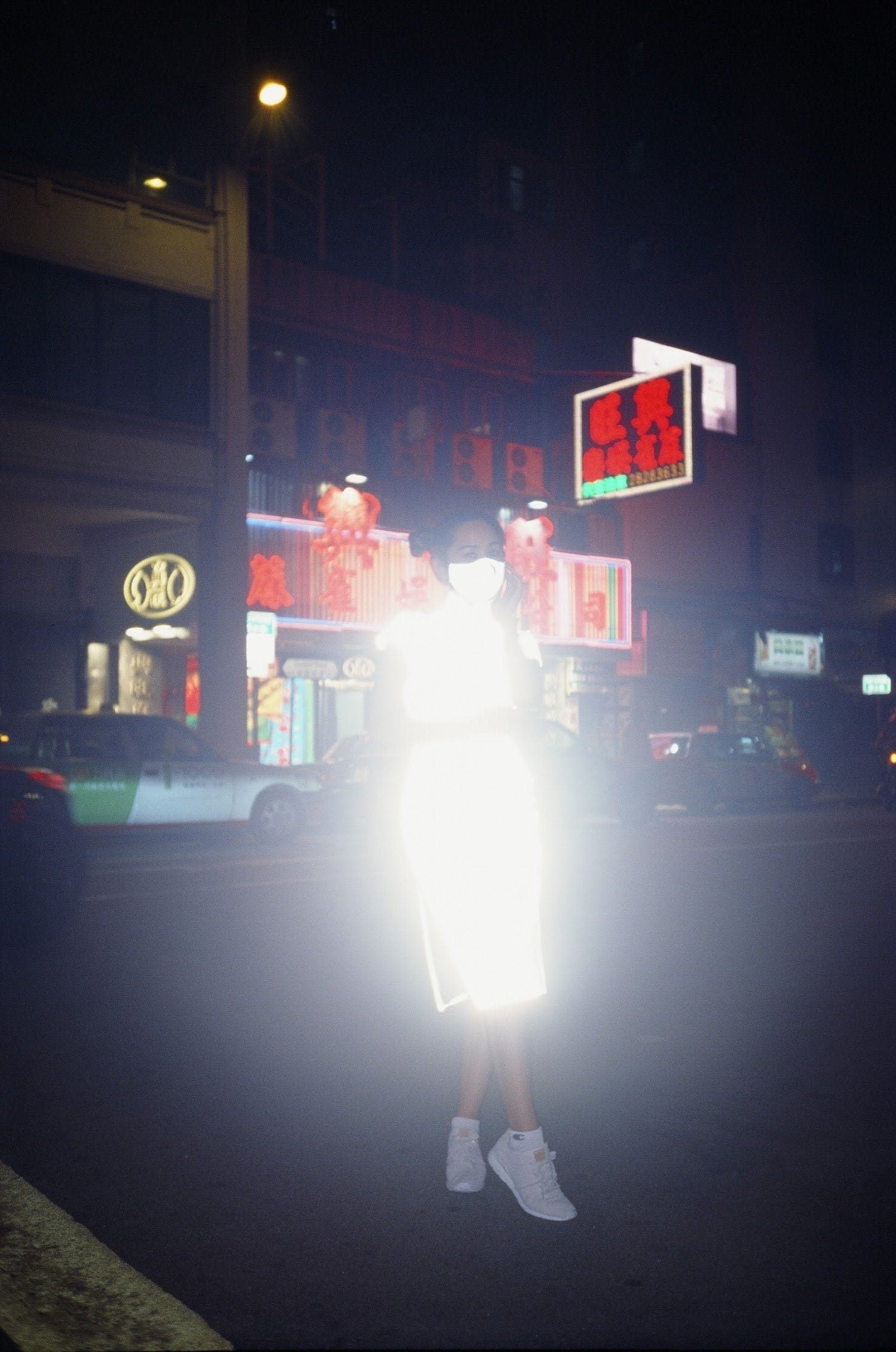Summary
The cultural and historical significance of the cheongsam, or qipao, in Hong Kong during the 1950s and 1960s highlights the garment's evolution as a reflection of societal changes, identity, and empowerment. Originally rooted in the traditional clothing of Manchu women, the cheongsam transformed during this period from a loose, conservative garment to a more form-fitting attire that celebrated femininity and modernity. This evolution paralleled the influx of refugees from mainland China, which dramatically altered Hong Kong's demographic landscape and catalyzed new social dynamics, marking a golden age for the cheongsam as a symbol of women's liberation and cultural pride amidst rapid change.[1][2][3]
The cheongsam became emblematic of the fusion between traditional Chinese aesthetics and Western fashion influences, mirroring Hong Kong's position as a trade center and cultural crossroads. This hybrid identity allowed women to express individuality while maintaining ties to their heritage, thus contributing to the garment's enduring appeal. Films from this era further popularized the cheongsam, showcasing it as a representation of elegance and sophistication, and elevating its status within both local and international fashion narratives.[4][5][6]
Amidst its rise in popularity, the craftsmanship associated with the cheongsam also garnered attention, recognized as a significant aspect of Hong Kong's intangible cultural heritage. The intricate techniques involved in making these garments highlight their cultural value and the need for preservation amid a dwindling number of skilled artisans.[7][8] Additionally, the cheongsam's symbolism has sparked discussions regarding its representation of femininity, identity, and modernity, making it a focal point of cultural discourse.[9][10][11]
As contemporary fashion designers continue to draw inspiration from the cheongsam, it remains a vital representation of Hong Kong's complex historical narrative and its cultural identity. The garment not only serves as a fashion statement but also as a canvas reflecting the aspirations and struggles of women who wore it, thus illustrating the ongoing relevance of the cheongsam in a rapidly evolving society.[12][13]
Historical Context
The evolution of the cheongsam during the 1950s and 1960s in Hong Kong was deeply intertwined with the socio-political landscape of the time. Following the end of the Japanese occupation in 1945, Hong Kong experienced a significant influx of refugees from mainland China due to the ongoing civil strife. This demographic shift saw the population surge from approximately 600,000 in 1945 to over 2.1 million by 1951, leading to a dynamic and rapidly changing society.[1][2]
During the 1920s, the cheongsam (or qipao) emerged as a modernized garment associated with the educated elite, signifying women's liberation and the advent of new social ideas.[4] The 1950s and 1960s, however, marked a golden period for the cheongsam in Hong Kong. The garment evolved from its earlier loose and conservative fits to more form-fitting styles that celebrated feminine allure while still maintaining cultural significance.[4][3] This transformation reflected broader changes in fashion trends, cultural exchanges, and the burgeoning empowerment of women during this era.
Evolution of the Cheongsam
The cheongsam, with its roots in the traditional clothing of Manchu women during the Qing Dynasty, has undergone significant transformations that reflect the cultural and social dynamics of China throughout history. Initially characterized by loose fits and conservative designs, the cheongsam began to evolve in the early 20th century, particularly during the Republic of China era, where it emerged as a symbol of modernity and women's liberation.[3][12]
Social and Cultural Symbolism
The cheongsam's evolution is closely tied to the changing roles of women in Chinese society. During the 1950s and 1960s, as women began to seek greater freedom of movement and self-expression, the cheongsam adapted to reflect these aspirations. It became a statement of elegance and modernity, representing the liberation of women in their pursuit of beauty and individuality.[3][12]
Modern Interpretations
Today, the cheongsam continues to inspire fashion designers around the world, showcasing its timeless charm and historical significance. Contemporary interpretations often blend traditional motifs with modern designs, ensuring that the cheongsam remains a vital part of both Chinese and global fashion.[3][12]
Cultural Significance
The cultural significance of the cheongsam in Hong Kong during the 1950s and 1960s is deeply intertwined with the region's social evolution and identity. As a garment that evolved from its ancient origins, the cheongsam, or qipao, served not only as a fashion statement but also as a symbol of cultural pride and continuity within a rapidly changing society.
Blend of Tradition and Modernity
Throughout this period, the cheongsam embodied a blend of traditional Chinese aesthetics and Western influences. This fusion was reflective of the broader cultural dynamics in Hong Kong, where traditional festivals like Chinese New Year coexisted with the growing influence of Western fashion and media. Fan Ho’s photographs from this era poignantly capture this unique atmosphere, depicting individuals in modern clothing while engaging in time-honored practices.[18] The cheongsam itself adapted to these changes, maintaining its classic silhouette while incorporating modern elements, allowing it to remain relevant in contemporary fashion.[12]
Symbol of Identity and Heritage
The cheongsam has served as an important marker of identity within the Chinese community in Hong Kong. It reflects not only personal and familial identities but also collective cultural heritage. The garment became an emblem of femininity and grace, celebrated in numerous films and cultural exhibitions. The iconic dresses worn by actresses in mid-20th-century cinema highlighted the significance of the qipao as an expression of beauty and societal values during that era.[5][6]
Craftsmanship and Intangible Heritage
In recognition of its historical and cultural value, the Hong Kong cheongsam-making technique has been inscribed on the national list of intangible cultural heritage.[7][8] This acknowledgment underscores the artistry involved in crafting the cheongsam, characterized by intricate embroidery that often conveys profound cultural symbolism. Common motifs such as dragons, peonies, and phoenixes are not only decorative but carry meanings of power, prosperity, and rebirth.[6][12]
Influence on Fashion and Global Recognition
The cheongsam's enduring appeal has also made it a significant subject within the global fashion landscape. Fashion designers and brands have showcased the garment in various collections, reinforcing its status as an iconic representation of Chinese culture. Events like the Miss Cheongsam pageant aim to celebrate and reintroduce the cultural significance of the garment on an international scale, highlighting the cheongsam's evolution and its role in representing the rich heritage of Hong Kong.[5][19]
Historical Significance
The cheongsam, also known as qipao, holds a profound historical and cultural significance in Hong Kong, particularly during the transformative decades of the 1950s and 1960s. Emerging from the traditional costume of Manchu nobility, the cheongsam evolved throughout the Qing Dynasty and became a symbol of femininity and elegance in Chinese culture.[20][21]
Cultural Reflection and Identity
During the 1950s, Hong Kong experienced rapid population growth due to an influx of refugees and a burgeoning industrial economy, which led to significant changes in local society and culture.[2] The cheongsam became emblematic of this cultural evolution, blending traditional Chinese aesthetics with Western influences. This fusion is particularly evident in the 1930s Shanghai style, which incorporated European tailoring elements, making the cheongsam adaptable to various contexts, from everyday wear to high-fashion displays at awards shows and in films.[20][21]
Film and Fashion Influence
Cinema played a crucial role in popularizing the cheongsam during this period. Films produced in Hong Kong showcased the garment as a symbol of glamour and sophistication, leading to iconic moments on screen that elevated its status in popular culture. Notable actresses, such as Grace Kelly and Maggie Cheung, have donned the cheongsam, showcasing its timeless elegance and its capacity to evolve alongside societal changes.[6][20][21]
Preservation of Craftsmanship
As the cheongsam gained prominence, the traditional craftsmanship associated with its creation also became a focal point. In Hong Kong, the cheongsam-making technique has been recognized for its outstanding cultural value, inscribed on the national list of intangible cultural heritage.[8][7] However, the number of skilled tailors has dwindled, with fewer than ten senior craftspeople remaining. Efforts by veterans and young designers to pass on this legacy reflect the garment's enduring significance and its role as a bridge between generations.[8][7]
Personal Narratives
The evolution of the cheongsam in Hong Kong during the 1950s and 1960s is intricately woven into the personal stories of women who embraced this iconic dress as a symbol of identity and empowerment. The cheongsam, originally a male garment, underwent significant transformation as women began to adapt its design to reflect their own aesthetic and societal aspirations.[22][23]
Many second-generation British Chinese women articulate their experiences through the lens of dressing and adornment, navigating the complexities of cultural identity and visibility in a society where they often felt marginalized.[9] These women use the act of wearing the cheongsam not merely as a fashion statement but as a material strategy to assert their presence and negotiate their place within a predominantly Western cultural landscape.
The personal narratives of those who wore cheongsams during this era reveal the garment's multifaceted role in shaping cultural perception. For instance, the iconic portrayal of Maggie Cheung in "In the Mood for Love" serves as a poignant reminder of the cheongsam’s capacity to evoke nostalgia and cultural pride.[13][6] Cheung’s character, adorned in over twenty meticulously designed cheongsams, encapsulates the emotional complexity and nuanced femininity that the garment symbolizes.[6] Each dress narrates a chapter of her character's story, intertwining personal struggle with cultural heritage.
Women in Singapore also contributed to this narrative, as seen in the exhibition "In the Mood for Cheongsam: Modernity and Singapore Women," which highlighted the garment's evolution and its significance in representing women's liberation and modernity.[4] Through their stories, women like Mrs. Lee Kuan Yew and war heroine Elizabeth Choy embraced the cheongsam, showcasing it on formal occasions, thus reinforcing its status as a symbol of grace and sophistication even in a changing social landscape.[10][11]
Master Kan Hon-wing, a traditional tailor in Hong Kong, exemplifies the enduring legacy of the cheongsam through his craftsmanship, preserving the cultural significance of this garment while adapting to contemporary trends.[24] The cheongsam thus continues to resonate with younger generations who seek to honor their heritage while expressing individualism in their fashion choices.[11]
In sum, the personal narratives surrounding the cheongsam during the 1950s and 1960s not only reflect the changing roles of women in society but also illustrate the garment’s pivotal role in cultural expression and identity formation, making it a timeless emblem of Chinese heritage.
References
[1]: 1950s in Hong Kong - Wikipedia
[2]: Hong Kong in Transformation: Life in the 1950s – Jason Wordie
[3]: Be 'In the Mood for Cheongsam' - Roots
[4]: The Allure of Cheongsam: A Timeless Fashion - Cheongsam Design
[5]: Clothes Make The Woman-Cheongsam and Chinese Identity in HK.pdf
[6]: Intercultural Vintage: Questions on Qipao - Flashback Summer
[7]: Hong Kong Museum of History - 2014_past_01
[8]: The Evolution and Significance of Cheongsam in Modern Times
[9]: Cheongsam - Wikipedia
[10]: Heritage Museum displays local fashion designs (with photos) - Gov
[11]: Hong Kong in the 50s and 60s: Fan Ho’s Poetic Images ... - Bygonely
[12]: Cheongsam and then more - chinadailyhk
[13]: Cheongsam Chinese Elegance - timelessfashionhub.com
[14]: Tailoring an icon | govt.chinadaily.com.cn
[15]: Tailoring an icon - Chinadaily.com.cn
[16]: Second talk
[17]: Hong Kong’s iconic cheongsam is more than just a dress
[18]: Tracing the Fascinating History of Cheongsam: From Qing Dynasty to ...
[19]: The Cheongsam - A Symbol of Women's Liberation - Fashion Makerspace
[20]: Heather Guo bridges cultures through Cheongsam fashion
[21]: A Brief History Of The Cheongsam - Rokit
[22]: Cheongsam - National Library Board
[23]: 1960s Fashion: The Legacy of Made-To-Measure - National Library Board
[24]: Sharp silhouettes - chinadailyhk.com
